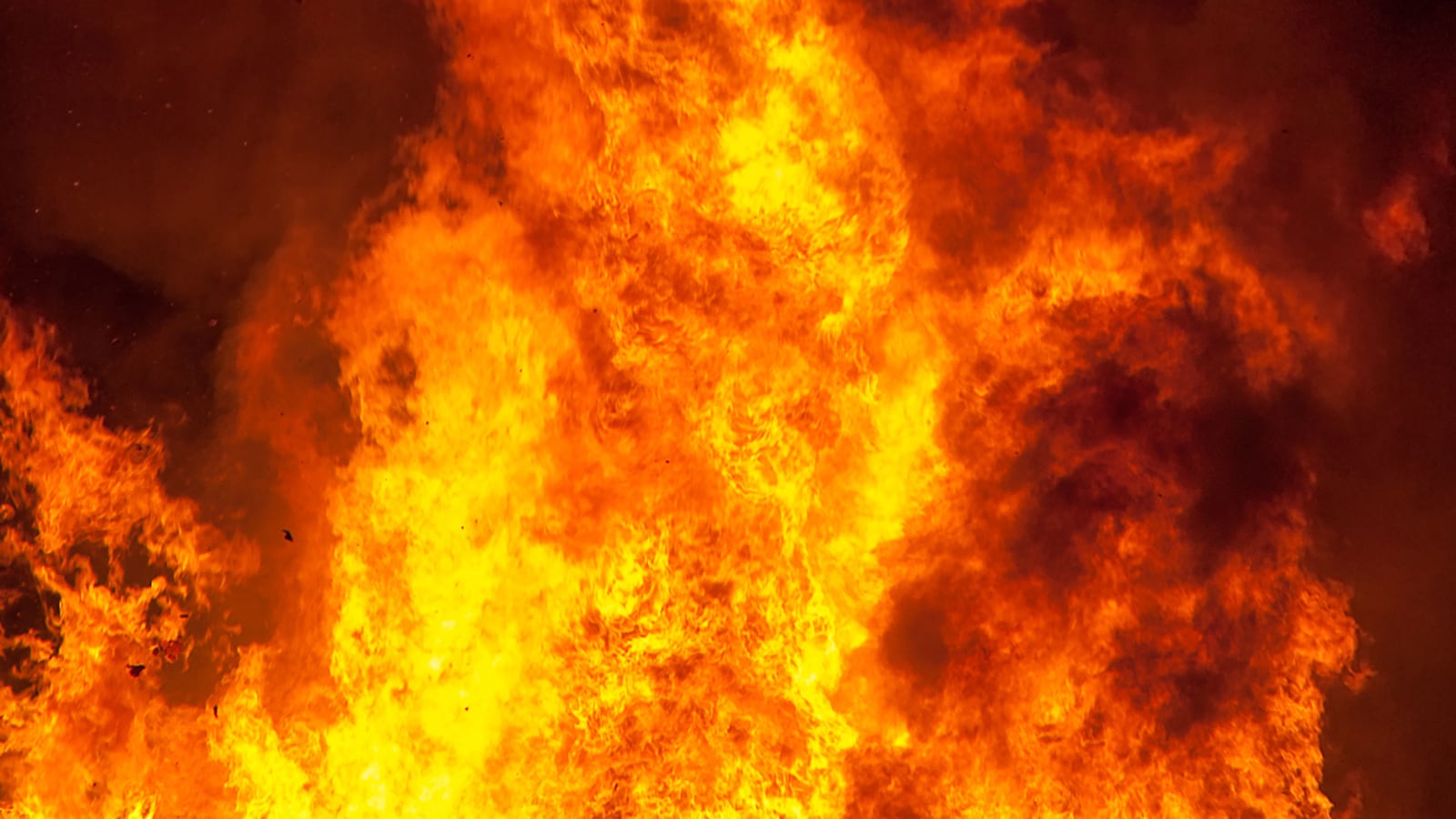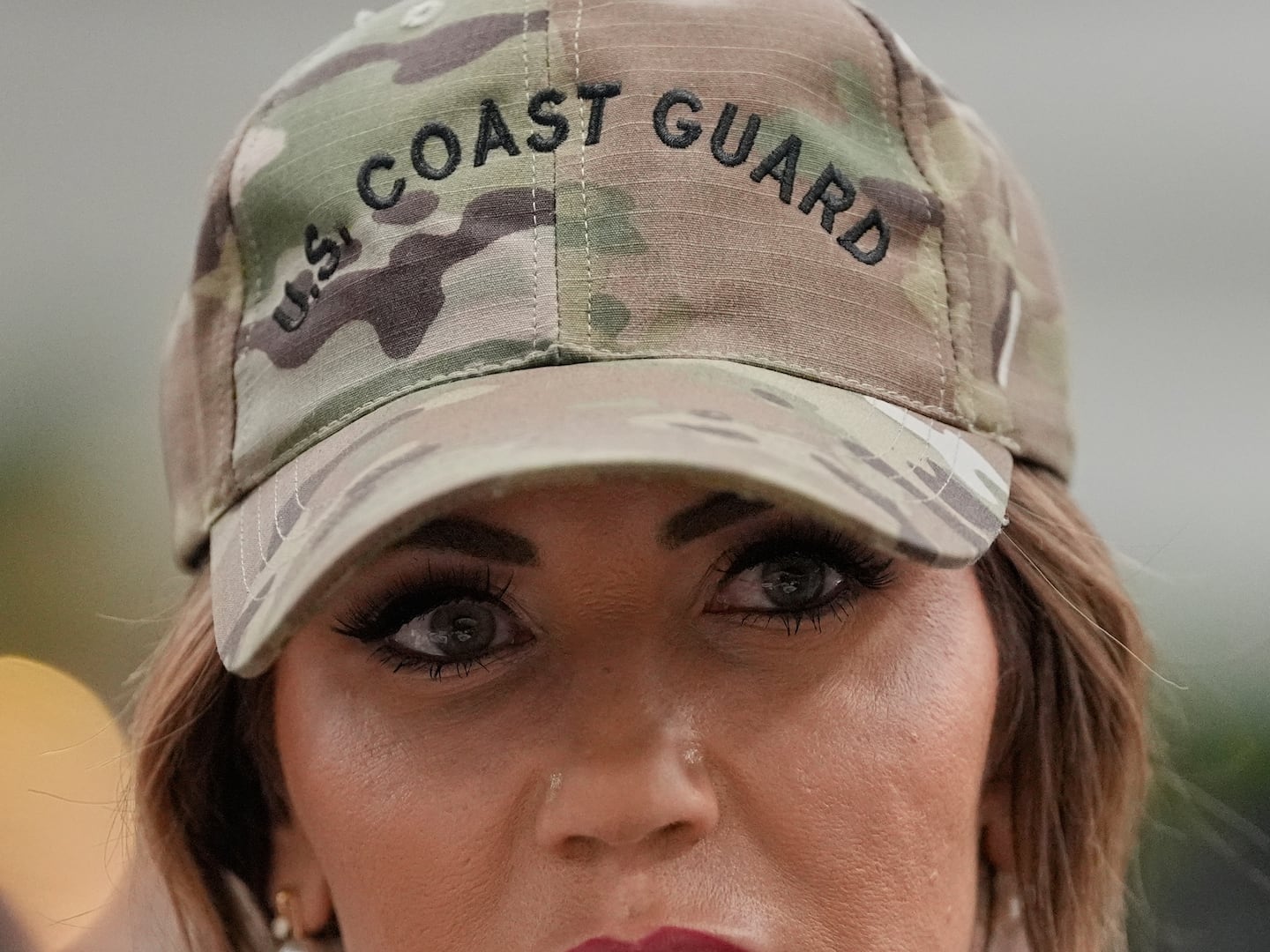The new ISIS terror weapon is fire.
“This is a quick option for anyone intending to join the just terror campaign,” says the latest issue of the ISIS magazine Rumiyah.
This tactic requires neither guns such as were used in San Bernadino and Orlando nor vehicles such as were used in other attacks.
“With some simple and readily accessible materials (i.e. flammables), one can easily terrorize an entire nation,” the magazine advises.
Issue #5 of Rumiyah has flames on the cover and a “Just Terror Tactics” section that has in the past called for mass shootings and the use of vehicles to mow down pedestrians. A lengthy article begins with a tribute to the “brothers” inspired by a previous issue of Rumiyah to employ vehicles at Ohio State and in Berlin. It then proceeds to detail an added method to murder innocents.
“ARSON ATTACKS,” the headline reads.
The article advises, “Throughout history and until the present day, incendiary attacks have played a significant role in modern and guerrilla warfare, as well as in ‘lone wolf’ terrorism. Such attacks have been behind the destruction of towns, neighborhoods, and public, private, and governmental property, while likewise claiming numerous lives.”
The article claims that a jihadi was responsible for a fire in Losino-Petrovsky in Russia that destroyed a three-story furniture factory and a chemical plant next to it.
“[The jihadi] taught the despicable Crusaders a lesson on just how destructive an operation of such simplicity can be, successfully,” the article says. “The fire was initiated on the ground floor, where it subsequently spread to the remaining floors and the [n]eighboring buildings and continued to burn for three whole days, causing great financial losses for the Russian Crusaders.”
The article continues, “Arson, as it applies to the just terror mujahid, is to initiate fires by using flammables to destroy the property of the Crusaders and, in some cases, kill several of them, sending them from the fire of this world to the inferno of Hellfire. All that is required of the mujahid is to acquire the flammable he wishes to use, select his target, and determine the best time for execution.”
The article notes, “Because many flammables are a part of everyday living, arson attacks are extremely difficult to prevent. Indeed, no more than a large container of gasoline (petrol) is needed for a successful attack. Of course, the gasoline can be acquired from any local gas station, where it is filled into the container. This procedure should not arouse any suspicion, as it is quite common to follow, especially when obtaining gas for a lawnmower, amongst other reasons.”
In a section headed “Claiming Responsibility for the Attack,” the article suggests “carrying along a spray paint canister or thick permanent marker and writing therewith some words on a wall or on the ground near the target declaring that the attack was carried out by a soldier of the Islamic State. “
“Also, one may prepare a simple message on a piece of paper declaring the same and briefly explain his motive or include other words that will taunt and enrage the disbelievers.” The article says. “The paper can then be taped to a brick and then thrown through the window of an occupied property close to the scene of the attack.”
The article emphasizes, “Arson attacks should in no way be belittled. They cause great economic destruction and emotional havoc and can be repeated very easily. Even if such attacks do not always result in the killing of the enemies, Allah has promised to reward the mujahid for simply harming and enraging them. “
“Allah does not allow the reward of good doers to be lost,” the article ends by saying.
The article offers a photo of the Dallas Baptist Church. ISIS is not likely bothered that Pastor Robert Jeffries of this Texas megachurch once denounced homosexuality as “filthy… degrading… beyond description” or that he termed Catholicism “Satanic.” But Jeffries has also denounced Islam as an “evil, evil religion” that promotes pedophilia.
“A popular Crusader gathering place waiting to be burned down,” reads the caption of the photo of the church.
The article further features a photo of a raging structural fire being battled by members of the Fire Department of New York, who are actual good-doers and the very opposite of ISIS murderers. The blaze is almost certainly one in Lower Manhattan in March 2015 that was the result not of arson but of a gas explosion attributed to an illegal and uninspected connection made by a landlord.
An off-duty FDNY firefighter named Mike Shepherd happened to be eating lunch around the corner at the time of the blast. He had also been off-duty on Sept. 11, 2001, and on that morning he had hurried down to the Twin Towers, where he joined in saving lives. He at one point pulled off his shirt to clean the wound of an injured firefighter, revealing the big “S” tattooed on his chest, which seemed to one person he rescued during the second tower’s collapse to stand not for Shepherd, but for Superman.
Fourteen years later, Shepherd had come from Brooklyn to Manhattan to answer a hankering for corned beef and cabbage. He had just stepped outside the eatery to take a photo for a tourist couple when he heard the explosion. He did not hesitate for even a heartbeat before he scrambled around the corner and raced up to the burning building. He clambered up the fire escape on the front amidst flames and suffocating smoke.
“You got to get down, the fire is getting big!’” people called from the street below.
Nobody could have been more different from a death-dealing jihadi than Mike Shepherd as he climbed from floor to floor, checking to ensure nobody was trapped inside, risking his own life just on the chance he might be able to save somebody else. He continued until he reached the top floor and only then descended.
He was not a lone wolf, but a lone angel.
Sirens filled the air as other angels raced to the scene, all of them rushing to risk their own lives to save others. The first of them were arriving just as Shepherd returned to the sidewalk. The building collapsed eight minutes later. The one next to it collapsed two minutes after that.
On Sunday, Shepherd got a call informing him that the ISIS magazine seemed to have used a photo of the 2015 fire and of his fellow firefighters battling it. Shepherd spoke of a dear friend and FDNY legend, Capt. Patrick Brown, who died in the 9/11 attack. Shepherd recalled earlier days when Brown would talk to him about the essentials of being a firefighter.
“You aren’t afraid, you got compassion, you got kindness,” Shepherd said.
And therein are the makings of the best kind of angels, who stand ready to face anything, including the latest evil from ISIS.






